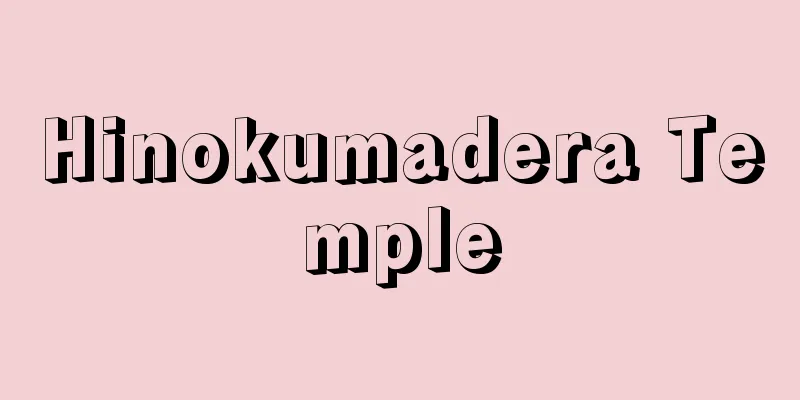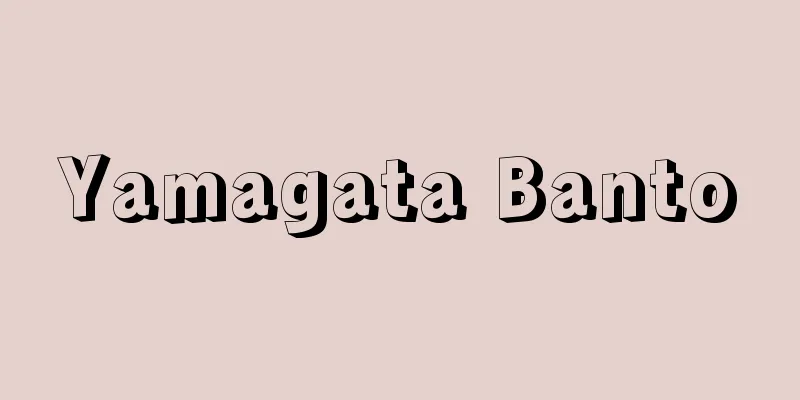Isurumuniya - Isurumuniya

|
...Buddha statues cannot be traced back to earlier than the 3rd century, and early ones show a clear influence from Indian Andhra art, especially the technique of densely packed folds of embossed lines on tight-fitting clothing, which continued into later times. The rock reliefs of people and animals at Isurumuniya in southwestern Anuradhapura show a strong resemblance to the Indian Pallava style (7th to 9th centuries). However, much about the development of styles up to around the 11th century is unclear, making it difficult to determine a clear date. *Some of the terminology explanations that mention "Isurumuniya" are listed below. Source | Heibonsha World Encyclopedia 2nd Edition | Information |
|
…仏像は3世紀以前にはさかのぼりえず,初期のものはインドのアーンドラ美術の影響が顕著であり,ことに体に密着した衣に陽刻線による襞をほぼ等間隔に密集させる手法は後世まで続いた。またアヌラーダプラ南西部のイスルムニヤの人物や動物の磨崖浮彫には,インドのパッラバ様式(7~9世紀)が濃厚である。なお11世紀ごろまでの様式展開は不明な点が多く,年代を明確に決めがたい。… ※「イスルムニヤ」について言及している用語解説の一部を掲載しています。 出典|株式会社平凡社世界大百科事典 第2版について | 情報 |
Recommend
Sensuke Kasanui
...The play is commonly known as "Sendai-hag...
Vascular strengthening drugs
A drug that prevents bleeding by reducing the perm...
Tung oil (English: tung oil)
Also called "touyu." Seed kernel oil fro...
Ape-man
If human evolution is divided into four stages, t...
Cryptochiton stelleri (Large stone turtle shell) - Cryptochiton stelleri
A mollusc of the Chiton class and family Cootidae ...
Ratman - Rattenmann
Another name for a neurotic reported by S. Freud i...
Andaman Sea - Andaman Kai (English spelling)
It is part of the northeastern Indian Ocean and ha...
National Flower - Kokka
It refers to a flower or plant that symbolizes a ...
Harmattan
…The strong south or southwest wind that blows in...
Wei (English spelling)
A Chinese official title. In charge of military af...
Jia (English spelling)
One of the ancient Chinese ceremonial vessels, it ...
Amoebocyte
…Depending on the species, some flatworms perform...
Voodoo (English spelling)
A folk belief rooted in Haiti. The descendants of ...
Ahmet III
…In Turkish, it is called Lāle devri, and refers ...
Hui - Pirate (English spelling) Hui
One of China's ethnic minorities. They have t...









